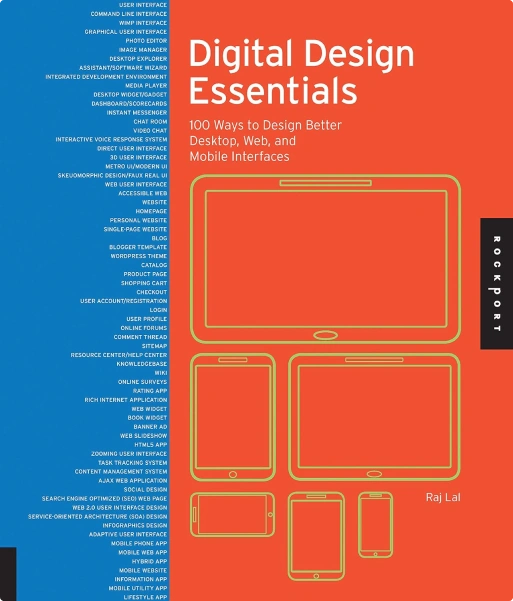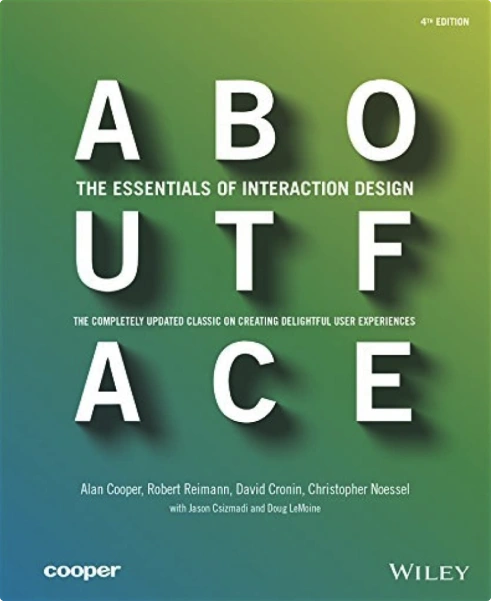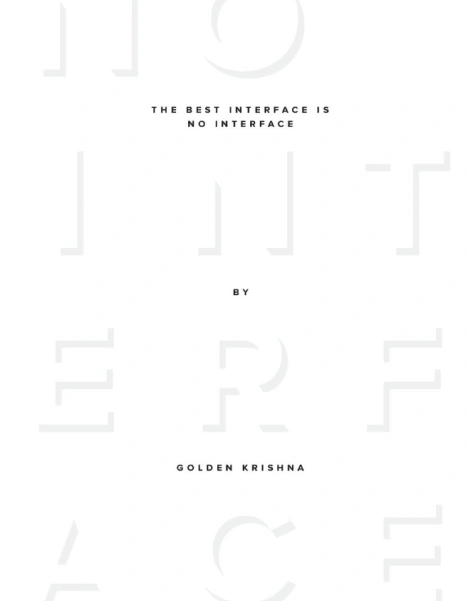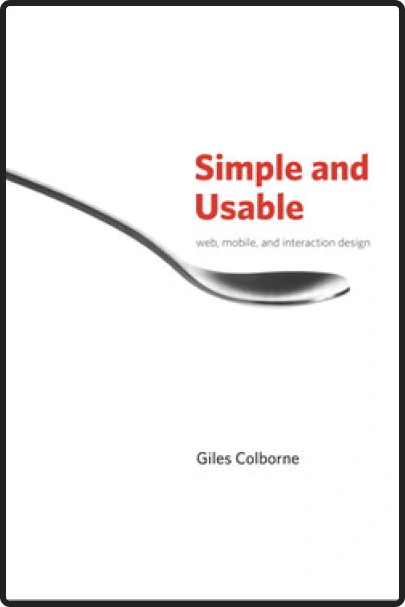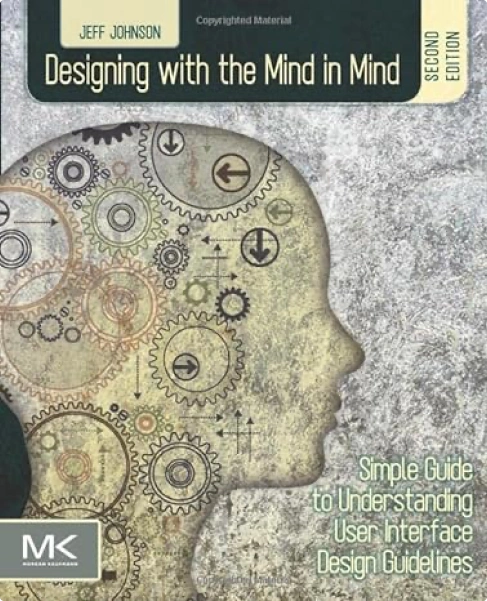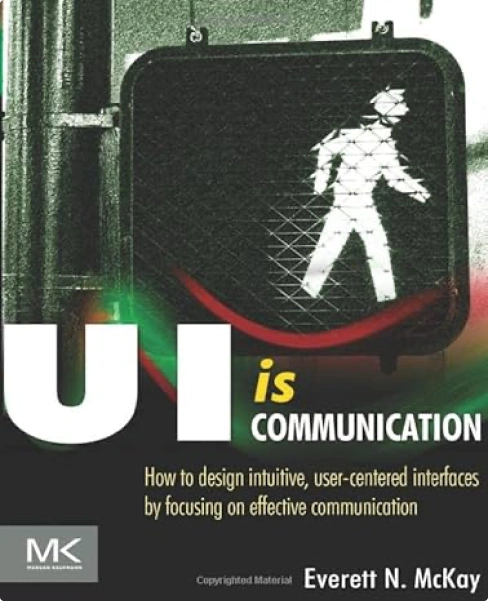Let's talk
Best UX/UI design books every designer should read
Date
Category
UX/UI Design
Hey there…if you are reading this “design note” is because you are passionate about the world of user interface (UI) and user experience (UX) design! Either you are looking to embark on this exciting journey or you have already taken your first steps in the field of UX/UI design, so let me give you “the best knowledge pill” that I would have liked to have been given years ago when I was taking my first steps on this path.
As a professional interface designer with years of industry experience, I’ve been lucky to explore the best practices and design secrets that make apps and websites visually appealing, easy to use, and highly functional. I love to read, but there are only so many hours in a day, so you’ve got to choose your books wisely. With that in mind, I’ve put together a list of my favorite UI design books based on how helpful I found them. I’ve highlighted my top 3 reads and included quick breakdowns of each to help you decide which book is right for your specific needs. These books are like hidden treasures filled with a wealth of information, tips, and strategies to help you craft exceptional digital experiences.
So, grab your coffee, find a comfy spot, and dive into this literary journey that will lead you to excellence in interface design.
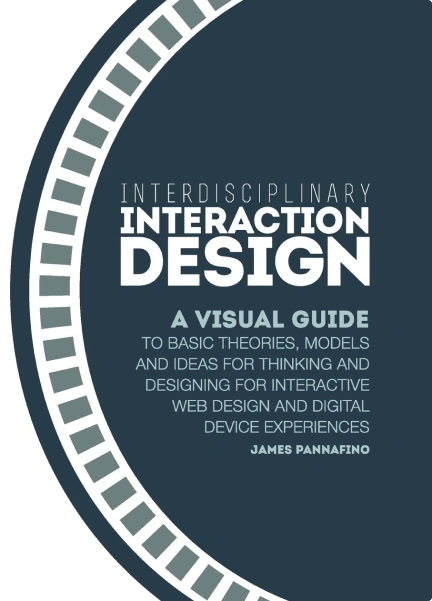
Interdisciplinary Interaction Design
By James Pannafino
This is an introductory-level book that provides a quick reference for interaction design principles and theories. Each page summarises a design principle and gives you a quick introduction to the main concept. As there isn’t enough information provided to give you a full understanding of each concept, once you find a concept you’re interested in you’ll need to find out more about it from external sources. Some of the design concepts covered include the Pareto principle, personas, principle of least effort, sequence-mapping and affordances. This book basically provides an introductory, high-level view of some of the main interaction design concepts, and won’t be of much use to more advanced designers looking for an in-depth understanding.
“A quick and simple reference guide for those new to the design field”.
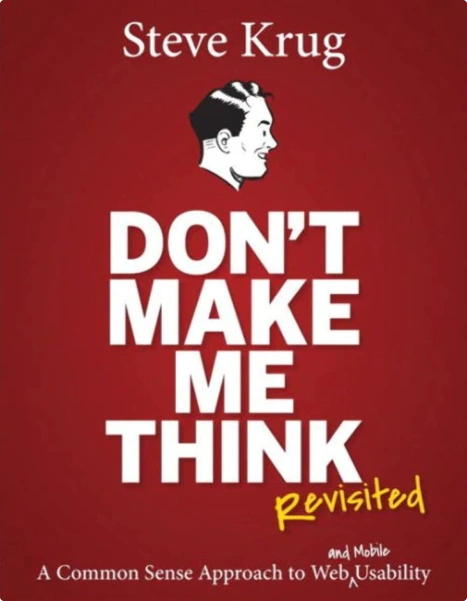
Don’t Make Me Think, Revisited
By Steve Krug
While this isn’t specifically a UI design book, it’s an old usability favourite, and I think it’s a great and quick read for anyone in the UI design industry. The book contains numerous usability rules based on human psychology that will help you design better interfaces for your users. It’s full of examples too, as well as exercises to help you perform user testing on a small budget. As designers, we can sometimes forget the simple things, and this book helps ensure that we get the simple things right first.
“A quick read about the fundamentals of usability that’s a must for any designer”.

Interdisciplinary Interaction Design
By James Pannafino
This is an introductory-level book that provides a quick reference for interaction design principles and theories. Each page summarises a design principle and gives you a quick introduction to the main concept. As there isn’t enough information provided to give you a full understanding of each concept, once you find a concept you’re interested in you’ll need to find out more about it from external sources. Some of the design concepts covered include the Pareto principle, personas, principle of least effort, sequence-mapping and affordances. This book basically provides an introductory, high-level view of some of the main interaction design concepts, and won’t be of much use to more advanced designers looking for an in-depth understanding.
“A quick and simple reference guide for those new to the design field”.
